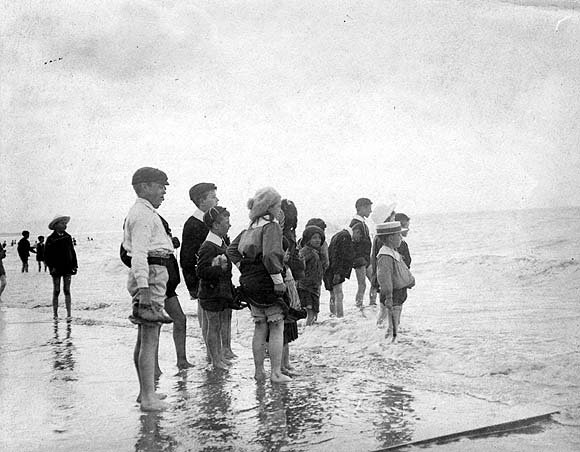It might be but I suspect it is also a word which is heavily coloured by your view of what the purpose of education is as well.
Let me try and say what I believe engagement is and what it is not. I will also try and explain why I think these things. My focus is really on learning and I am influenced by the work of cognitive scientists such as Dan Willingham and my favourite, Dylan Wiliam.
I also hold strongly to the view of working memory as being a feature of all learners; a very limited route into the brain and an easily disturbed input. Distraction to the material (I can’t think of a better word) held in working memory will be highly damaging to learning. That distraction can be internal or external and teachers can add, inadvertently to the level of distraction. Teachers can also present material in chunks that are too large or too many which will prevent working memory from operating effectively.
I also think that there are some different purposes relating to learning which may be phase specific. In early years there can properly be an emphasis on providing children with experiences. If one has never been taken to a zoo, for example, by one’s parents then it would be important for some of that experience to be replicated by the teacher. Taking children on a visit or taking part in a classroom activity that mirrors the zoo experience in some way is valid. It is also inefficient as a learning process for several reasons. But I don’t see a way around this inefficiency.
So, what is it that I am using as my definition of engagement?
First of all engagement is a process that a child carries out in their brain when they are thinking. It is the processes that a learner uses to pay attention to the learning stimulus and to then make sense of that stimulus. In a simple example if we were teaching a child that 2 + 2 = 4, then one thing that they must do is to pay attention to what we say. The information that we transmit must get into working memory. It must get in undistorted and ready to be processes, again within working memory. Paying attention, knowing which parts of the environment to attend to and which bits to avoid are key to what I mean by engagement.
So the first part of engagement is to pay attention to what matters and to disregard that which does not matter. The teacher’s role in this is critical and a good teacher will know what to emphasis and what to disregard, or at least waive, as inclusion might do more to distract than support learning. One reason why I think humans will remain as teachers for a long time yet and not be replaced by machines!
After attending to the 2 + 2 = 4 lesson content the learner has to process this so that it makes sense; is memorable; can be used - initially in a very limited way, and later in more complex ways; attached to what is already known. To do this a learner must try to link the new knowledge about 2 + 2 = 4 to existing knowledge. The more links and the more secure these links the better the understanding.
We can teach children how they can engage more effectively.
I do not recognise as valid terms such as an engaging lesson nor an engaging teacher when I am thinking about the brain processes of engagement. I use engagement in a very specific way.
I think we also need to make sure that children can be attentive, not meant as trivially as looking at, but looking at and thinking about.
One of the issues with engagement as a teacher created process is that the teacher is offering some learning opportunity to a child and if the child does not know what to pay attention to, if the stimulus has a feature of attractiveness for the learner then we are at a loss to know what the child will attend to and engage in, in a sense of what they will think about and puzzle over.
That might be enough. Let’s see.
